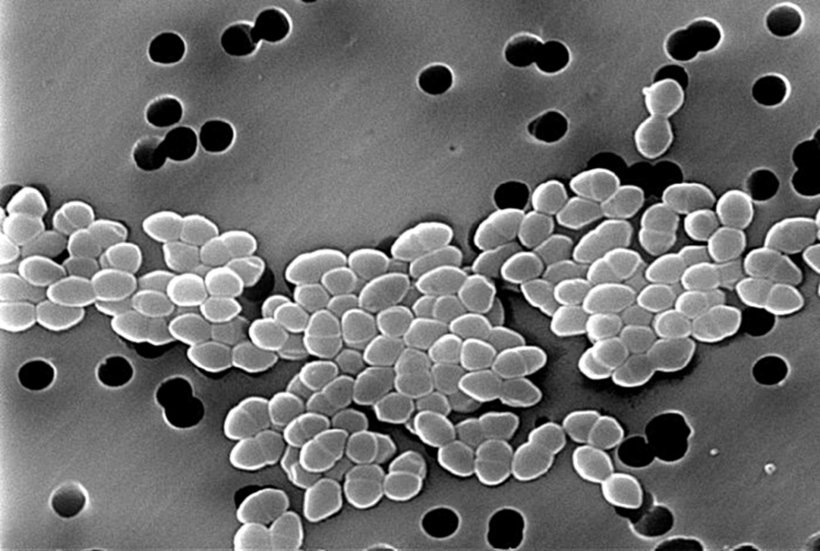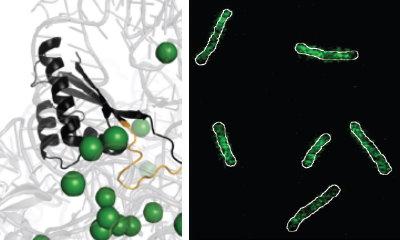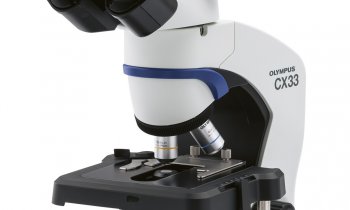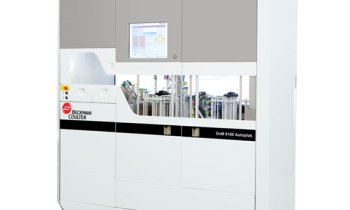
© Janice Haney Carr
News • Barrier effect research
Using bacteria to improve microbiota resistance to pathogens
New findings highlight the importance of the host microbiota composition in the success of a treatment based on beneficial bacteria
Antibiotic resistance is a major concern, particularly for immunocompromised patients, who are at greater risk of serious infections. Microbiota composition can help prevent pathogenic bacteria from proliferating, which is known as the barrier effect. Targeted therapies are being developed to restore the microbiota by introducing beneficial bacteria.
In a new study published in the journal Microbiome, INRAE scientists focused on one type of bacteria: vancomycin-resistant enterococci,1 or VRE. These bacteria are on a list established by the World Health Organization of six multidrug-resistant pathogens with priority status. The aim of this study was to identify the bacteria involved in the barrier effect and prove their effectiveness in preventing the proliferation of pathogenic bacteria, with a view to developing a therapeutic strategy.
Recommended article

Article • Bacterial defense mechanism
Antibiotic resistance: a global threat to healthcare
Antimicrobial resistance (AMR) is becoming more prevalent around the world, constituting a serious threat to public health. When bacteria acquire resistance against antibiotics, common medical procedures – for example, in surgery – become impossible due to the high infection risk. Keep reading to find out about AMR research, development of new antibiotics and antibiotic alternatives.
Researchers took microbiota samples from mouse models that had been orally injected with enterococci. Using mathematical modelling, they identified seven bacteria out of more than 500 different species with a potential barrier effect: the more these bacteria were present, the fewer the pathogenic bacteria. To prove the efficacy of these seven bacteria, the scientists compared mice treated with an antibiotic and infected with a VRE with and without administration of the bacterial mixture. The researchers found that the level of proliferation of pathogenic bacteria was lower with the addition of the bacterial mixture.
The efficacy of the bacterial mixture varied between the mice, which highlights the importance of the initial microbiota, as in humans. Laboratory experiments have shown that the seven bacteria alone could not inhibit the proliferation of pathogens in vitro, and initial results suggest that it is the combination of the bacterial mixture with the bacteria comprising the host microbiota that makes the treatment effective.
As well as working to improve our understanding of the anti-proliferative effects of bacteria and the associated mechanisms, the scientists’ next objective will be to gather a large repertoire of microorganisms from human microbiota to then consider applications in humans.
Based on a personalized medicine approach, the researchers are also working on predictive biomarkers. The process involves identifying different species of bacteria in a patient’s microbiota in order to estimate whether the bacterial treatment will work or to adapt it accordingly.
- Vancomycin is used to treat certain severe infections caused by staphylococci or streptococci, or in patients allergic to beta-lactam antibiotics (penicillins or cephalosporins).
Source: INRAE
29.05.2025











